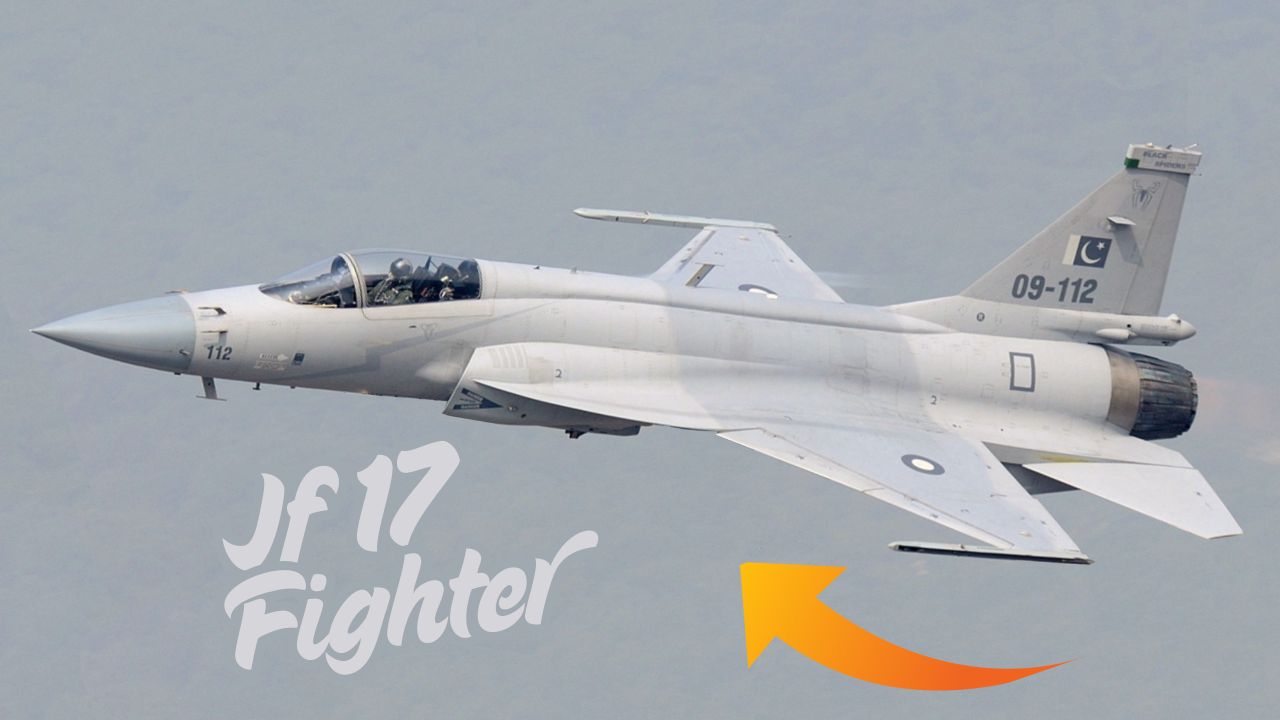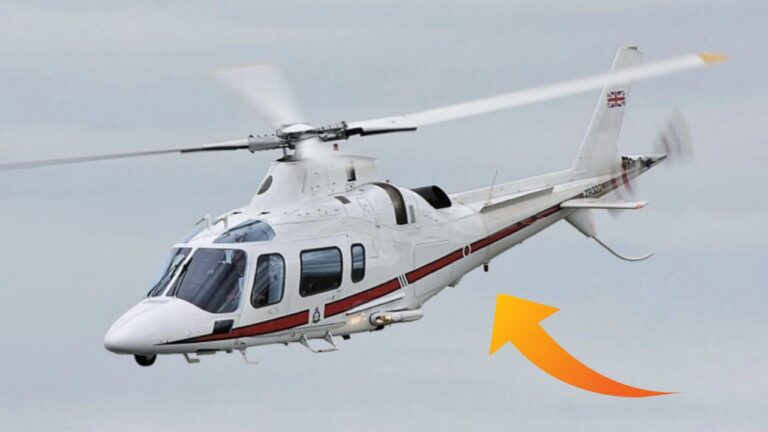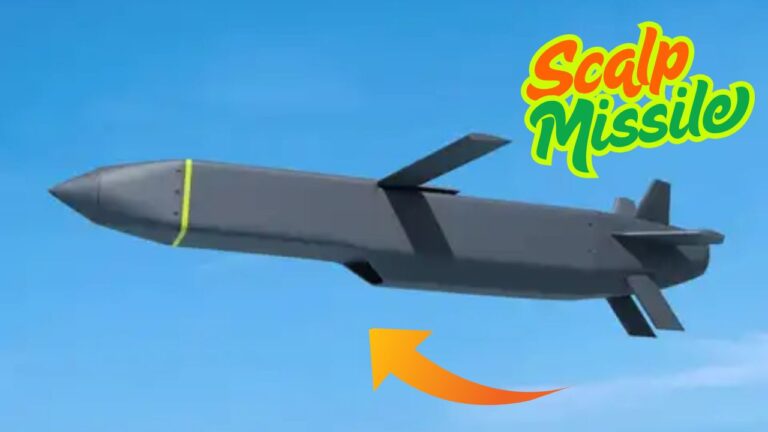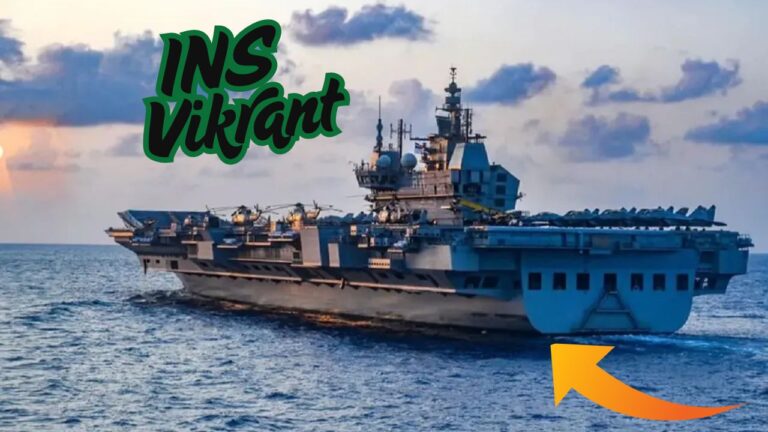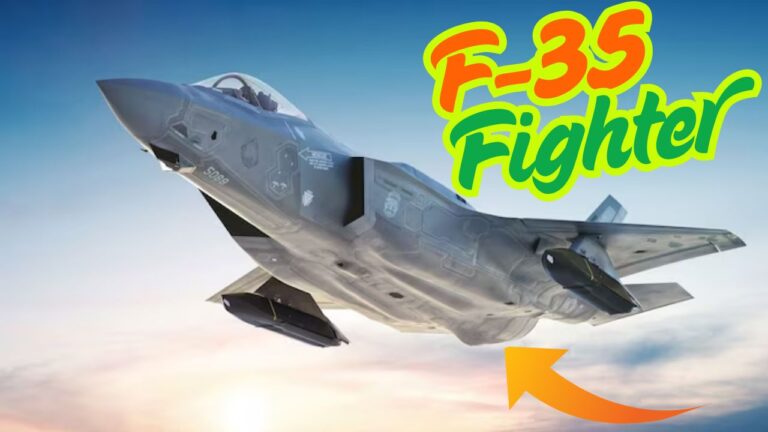Jf 17 Fighter Jet Price in Rupees, Top-speed, Specifications and Characteristics
The JF-17 Thunder is a lightweight, multi-role fighter jet created by Pakistan and China. It provides an affordable option for air forces needing high-performance aircraft without the high price. The Pakistan Air Force widely uses the JF-17, which is also available for export. It combines advanced avionics, weaponry, and speed. This jet significantly improves on older models, emphasizing agility, air superiority, and precision strikes.
With a top speed of Mach 2 and a notable range, the JF-17 excels in various combat missions. These include air-to-air, air-to-ground, and reconnaissance tasks. It features modern radar systems and can carry different weapons, such as guided missiles. Due to its strong performance and cost-effectiveness, the JF-17 attracts interest worldwide.
Jf 17 Fighter Jet Price in Rupees
The cost of the JF-17 varies depending on the specific variant and the terms of the purchase agreement. As of recent reports, the price per unit is estimated to range between $15 million and $25 million. For instance, the Block 2 variant is priced at approximately $25 million, while earlier models like the Block 1 have a lower cost.
the cost ranges from approximately ₹1,200 crore to ₹2,000 crore per unit in indian rupees, depending on the variant and specific configurations.
Read More: 1 Rafale Price in Indian Rupees, Top-Sped, Specs and More
Top-speed
The JF-17 Thunder has a top speed of approximately Mach 2 (about 2,470 km/h or 1,535 mph). This speed allows the aircraft to perform high-speed intercepts and rapid strike missions, making it an agile and formidable presence in the skies.
Features and Specs
| Specification | Details |
|---|---|
| Manufacturer | Pakistan Aeronautical Complex (PAC) & Chengdu Aerospace Corporation (CAC) |
| Role | Multirole Fighter Aircraft |
| Max Speed | Mach 2 (2,470 km/h or 1,535 mph) |
| Range | 2,000 km (1,240 miles) |
| Service Ceiling | 16,000 meters (52,500 feet) |
| Length | 14.93 meters (49 feet) |
| Wingspan | 9.48 meters (31 feet) |
| Engine | RD-93 (Russian-made) or WS-13 (Chinese-made) |
| Thrust | 8,300 kg (18,300 lbs) |
| Weapons | Air-to-air missiles, air-to-ground missiles, precision-guided bombs |
| Radar | KLJ-7 (Airborne radar system) |
| Crew | 1 (pilot) |
| Weight | 6,800 kg (15,000 lbs) |
| Armament Capacity | Up to 3,500 kg (7,700 lbs) of external payload |
| Avionics | Digital flight control, infrared search and track (IRST), electronic warfare systems |
Alternatives
| Aircraft | Manufacturer | Role | Top Speed | Key Features |
|---|---|---|---|---|
| F-16 Fighting Falcon | Lockheed Martin (USA) | Multirole Fighter | Mach 2 (2,124 km/h) | Advanced avionics, highly agile, used by numerous air forces worldwide. |
| JAS 39 Gripen | Saab (Sweden) | Multirole Fighter | Mach 2 (2,205 km/h) | Superior electronic warfare, cost-effective, suitable for smaller budgets. |
| Mig-29 Fulcrum | Mikoyan (Russia) | Air superiority, multirole fighter | Mach 2.25 (2,400 km/h) | Excellent dogfighting capabilities, powerful engines, and versatile armament. |
| Tejas | HAL (India) | Multirole Light Fighter | Mach 1.8 (2,205 km/h) | Indigenously developed, cost-effective, versatile, and highly maneuverable. |
| F/A-50 Golden Eagle | Korea Aerospace Industries (South Korea) | Light Combat Aircraft | Mach 1.5 (1,875 km/h) | Highly capable for air-to-air and air-to-ground roles, cost-efficient. |
| Su-30MKI | Sukhoi (Russia) | Multirole Fighter | Mach 2.0 (2,120 km/h) | Advanced avionics, long-range capabilities, used by the Indian Air Force. |
| Kfir C10 | Israel Aerospace Industries (Israel) | Multirole Fighter | Mach 2.0 (2,320 km/h) | Based on the Mirage 5, equipped with advanced avionics and multi-mission capabilities. |
Pros and Cons
Pros:
-
Cost-Effective:
-
One of the most affordable modern multirole fighter jets, making it accessible for countries with limited defense budgets.
-
-
Multirole Capabilities:
-
The JF-17 is designed for both air-to-air and air-to-ground missions, offering versatility in combat.
-
-
Good Combat Radius:
-
With a range of 2,000 km, the JF-17 can perform long-range strikes and defend territorial airspace effectively.
-
-
Modern Avionics:
-
The aircraft comes with a digital flight control system, radar, infrared search, and track (IRST), providing situational awareness in complex combat environments.
-
-
Adaptability:
-
It has the ability to carry a wide variety of weapons, including air-to-air missiles, bombs, and precision-guided munitions.
-
-
Low Operating Costs:
-
The JF-17 is cheaper to maintain compared to high-end jets, making it a more economical option for air forces with limited budgets.
-
Cons:
-
Limited Payload Capacity:
-
While versatile, its weapon load capacity of 3,500 kg is lower than some of its competitors, restricting the scale of operations in high-intensity conflicts.
-
-
Basic Engine Performance:
-
The RD-93 engine is efficient but not as powerful as engines found in top-tier fighters, limiting overall thrust and performance at higher altitudes.
-
-
Limited Stealth Features:
-
The JF-17 lacks advanced stealth capabilities, making it more vulnerable to detection by modern radar systems in a high-tech warfare scenario.
-
-
Radar Limitations:
-
While equipped with a capable radar system (KLJ-7), it may not match the performance of more advanced systems like those found in F-16s or F/A-18s.
-
-
Smaller Fleet and Experience:
-
As it’s a newer aircraft in many air forces, some pilots and air forces may have limited operational experience compared to established platforms like the F-16 or Mig-29.
-
FAQs
1. What is the price of the JF-17 Thunder?
The price of the JF-17 Thunder is approximately ₹270 crore (around $35 million) per unit, depending on the configuration and the number of units purchased. This makes it one of the most cost-effective fighter jets available.
2. What is the maximum speed of the JF-17?
The JF-17 Thunder has a top speed of Mach 2, which is about 2,124 km/h (1,320 mph), making it a high-speed multirole fighter.
3. What is the combat range of the JF-17?
The combat range of the JF-17 Thunder is approximately 2,000 km with external fuel tanks, which allows for long-range missions and effective defense of airspace.
4. What type of engine does the JF-17 use?
The JF-17 Thunder is powered by the RD-93 engine, which provides adequate thrust and is efficient for the aircraft’s performance, though not as powerful as engines used in more advanced fighter jets.
5. What are the primary roles of the JF-17 Thunder?
The JF-17 is a multirole fighter jet designed for a wide range of missions, including air-to-air combat, air-to-ground strikes, reconnaissance, and close air support.
6. What are the weapon capabilities of the JF-17 Thunder?
The JF-17 can carry a variety of air-to-air missiles, bombs, and precision-guided munitions. It has a maximum weapon load of 3,500 kg, making it versatile for multiple types of combat scenarios.
7. Which countries use the JF-17 Thunder?
The JF-17 Thunder is primarily used by Pakistan and has been exported to countries like Myanmar and Nigeria. Other nations may also consider it due to its affordability and capabilities.
8. Does the JF-17 have stealth features?
The JF-17 Thunder does not have advanced stealth capabilities, meaning it is more detectable by radar compared to higher-end stealth fighter jets like the F-35 or F-22.
9. How many JF-17s are currently in service?
As of now, Pakistan operates more than 100 JF-17 Thunder jets, with additional units being planned for future service. The aircraft is also in use by a few other countries, with more orders expected.
10. What are the limitations of the JF-17 Thunder?
While the JF-17 Thunder is an affordable, versatile aircraft, it has limitations such as limited payload capacity, basic engine performance, lack of advanced stealth, and lower radar capabilities compared to more advanced fighter jets.
Conclusion
The JF-17 Thunder is a highly cost-effective, multirole fighter jet that offers significant value for air forces with limited budgets. With its capabilities for both air-to-air and air-to-ground missions, it serves as a versatile option for countries looking for a modern, affordable aircraft. While it excels in areas like combat radius, low operating costs, and modern avionics, it does have certain limitations. These include limited payload capacity, a basic engine, and lack of advanced stealth features, which make it less competitive compared to high-end jets like the F-16 or F/A-18. However, its affordability, reliability, and adaptable performance make it a popular choice for nations such as Pakistan and several others. The JF-17 Thunder proves to be a formidable option for countries seeking to enhance their aerial defense without breaking the bank.

